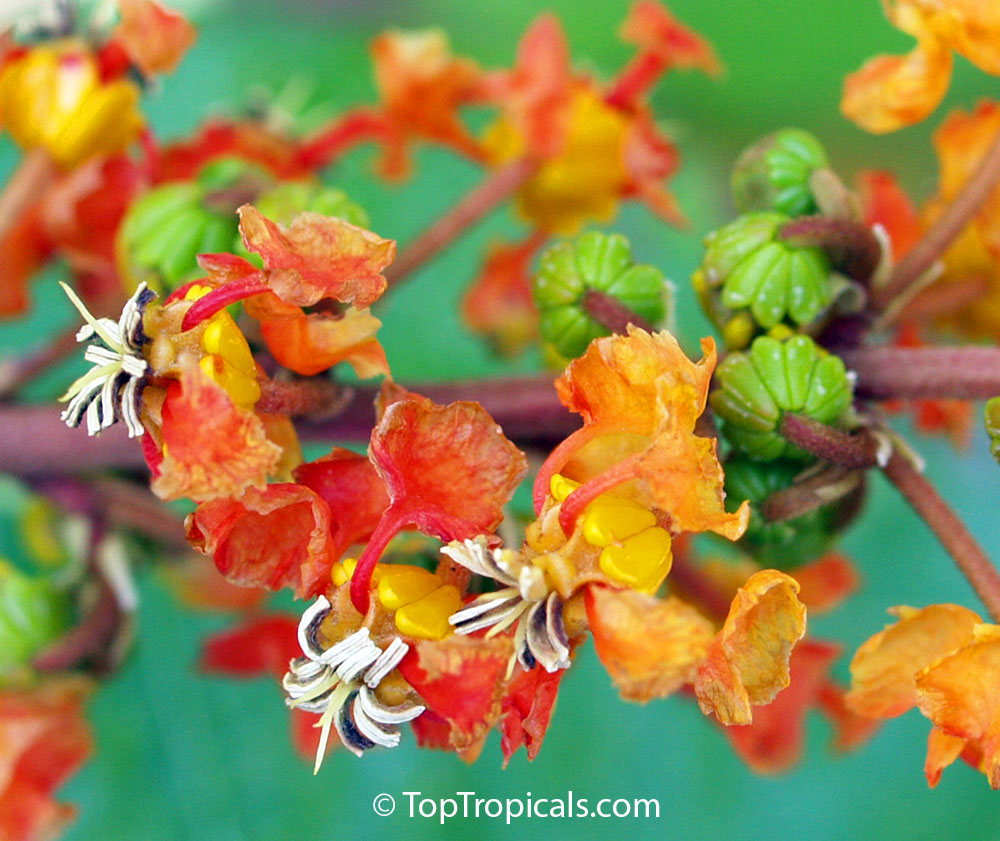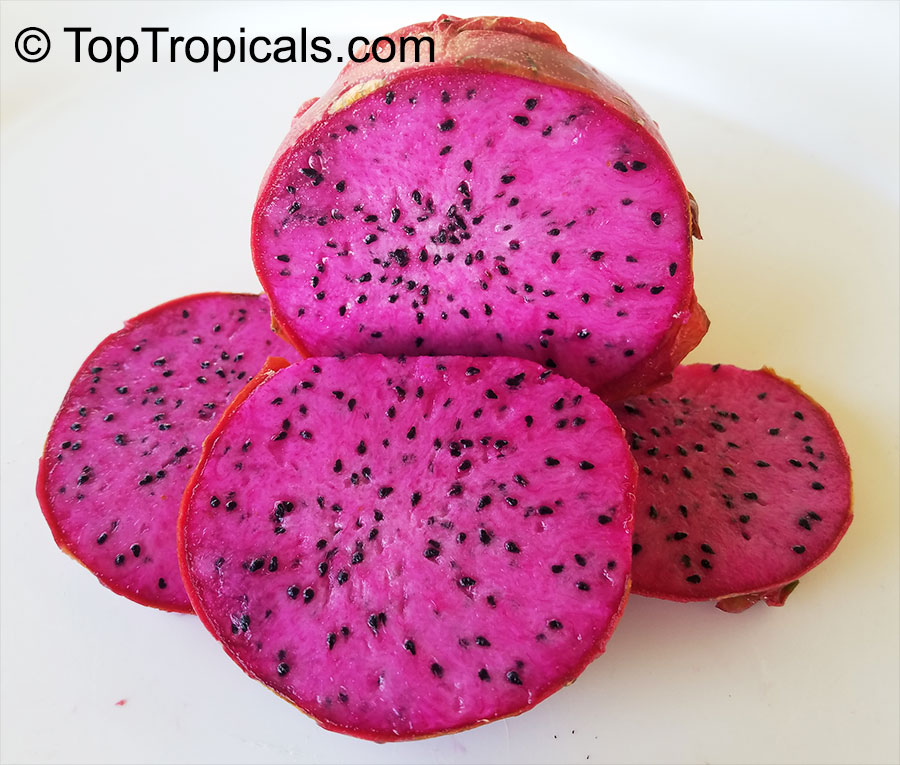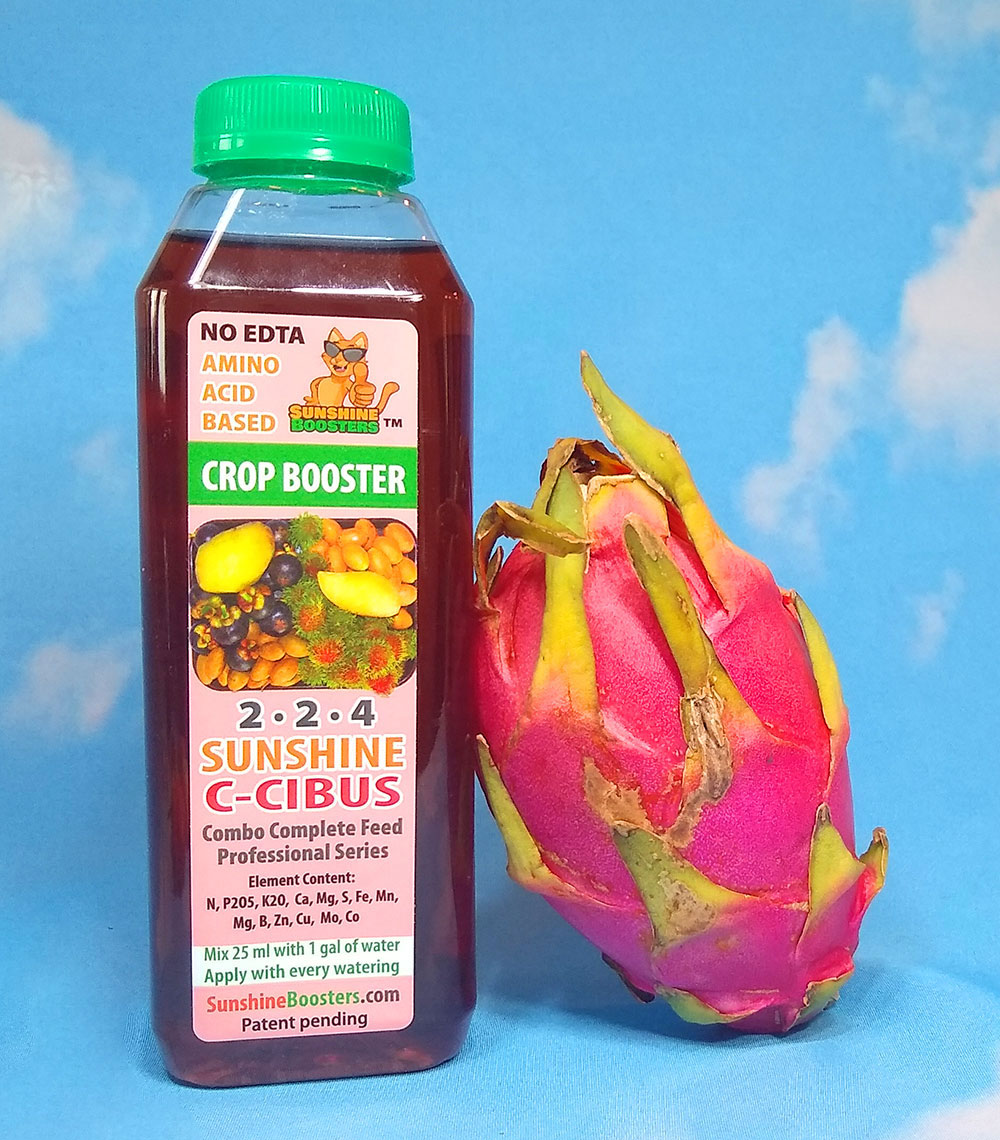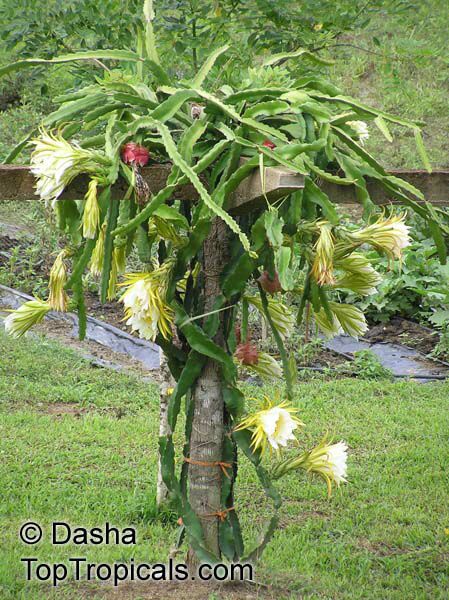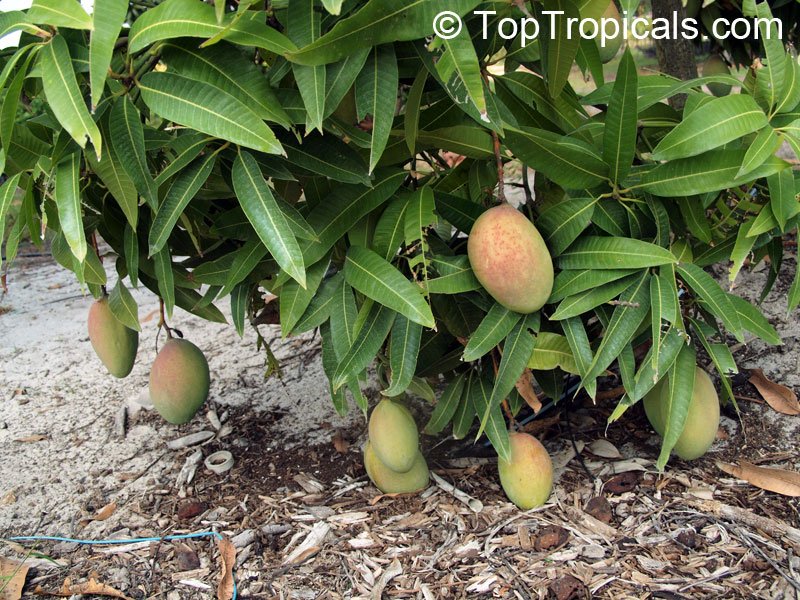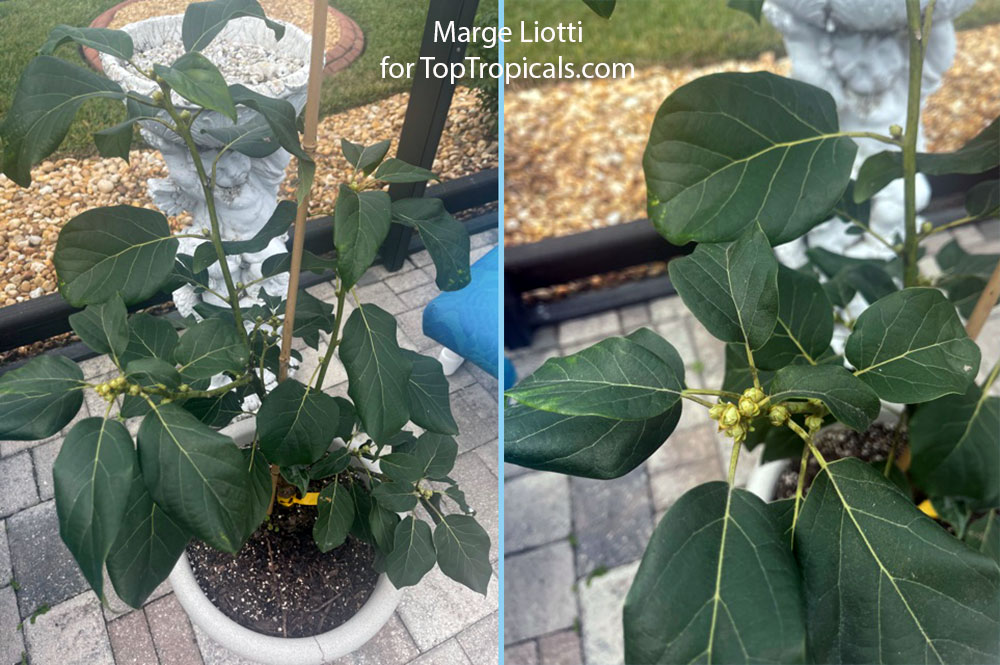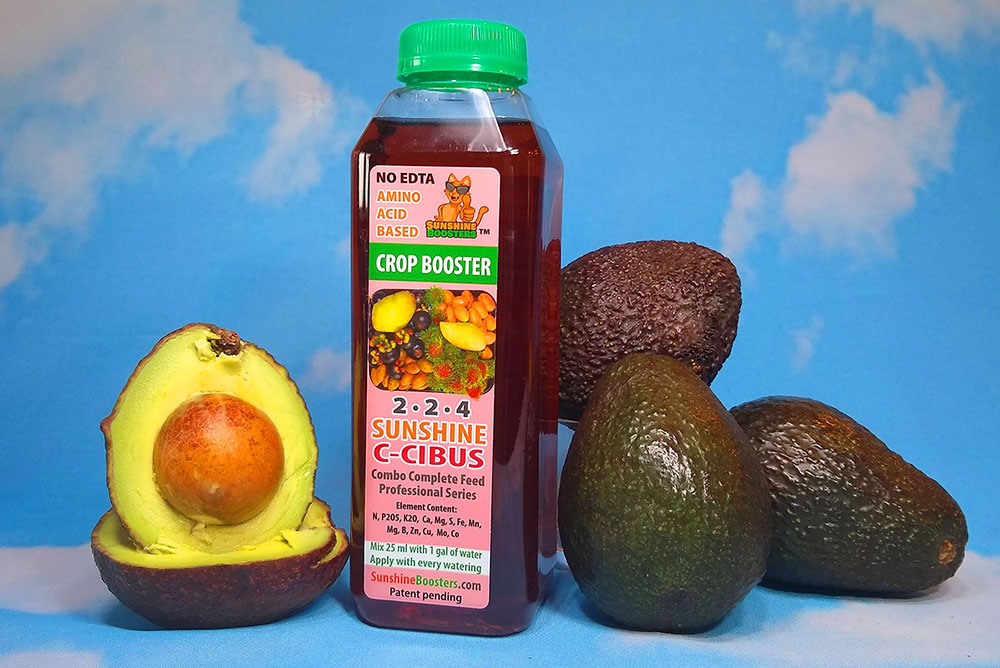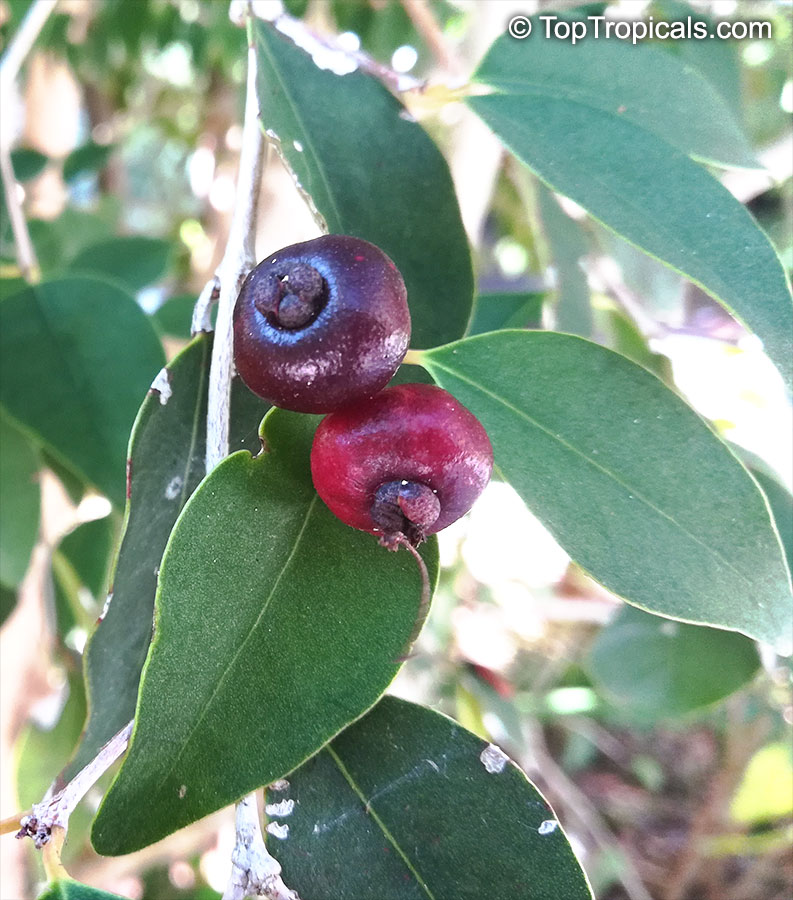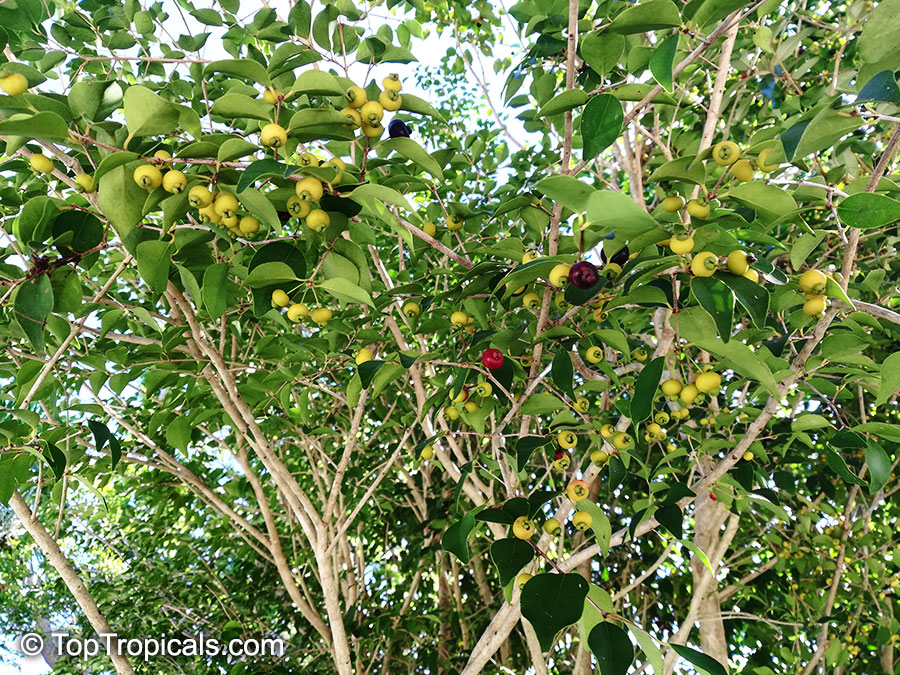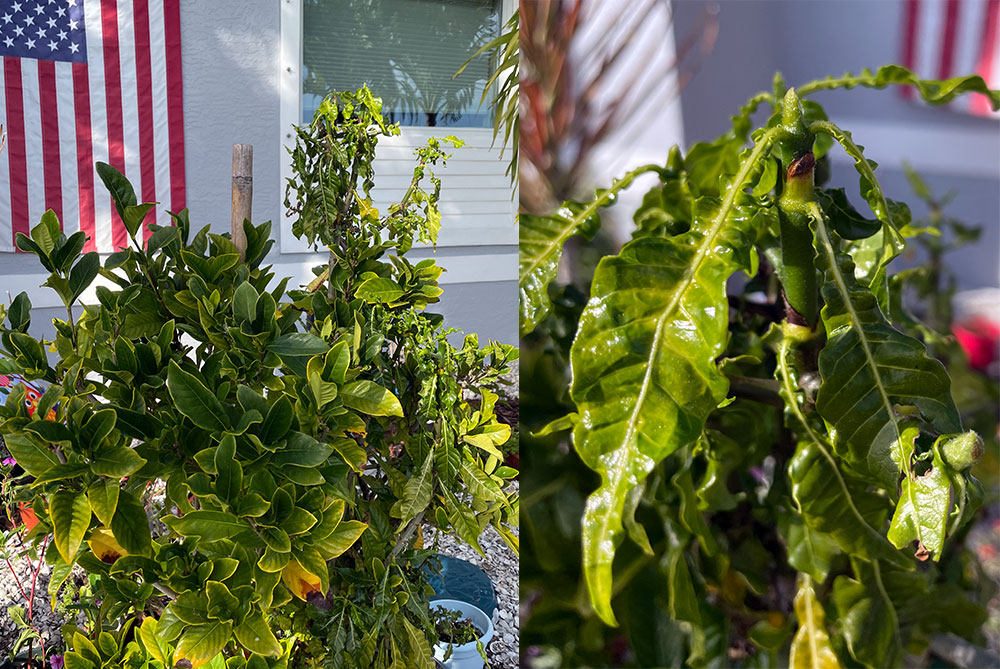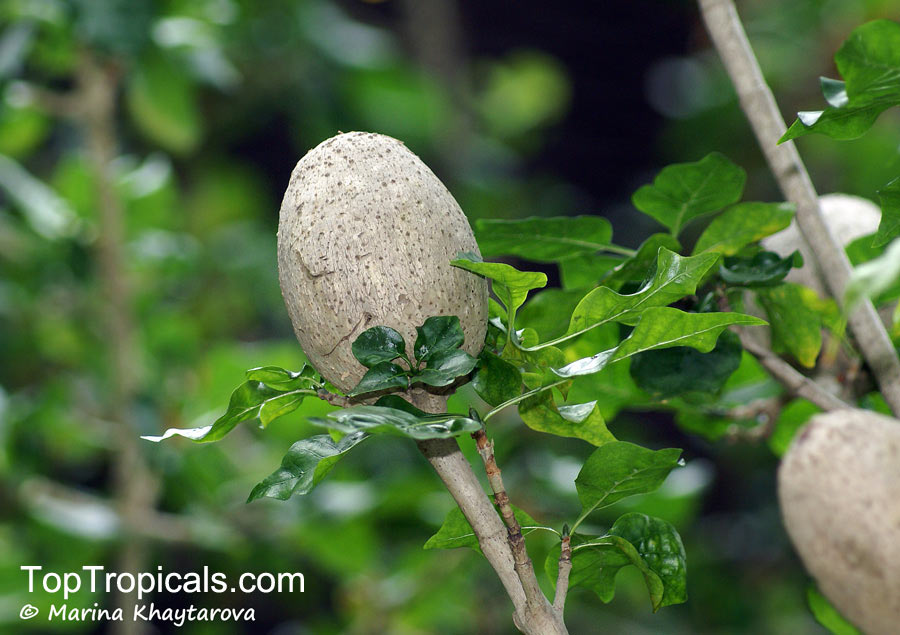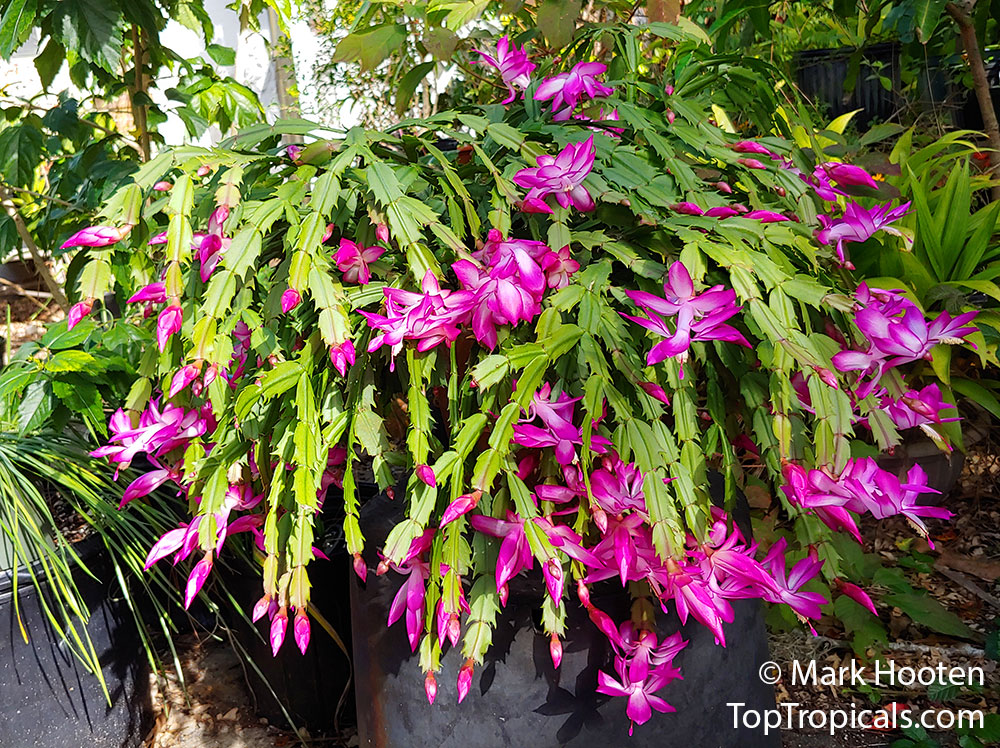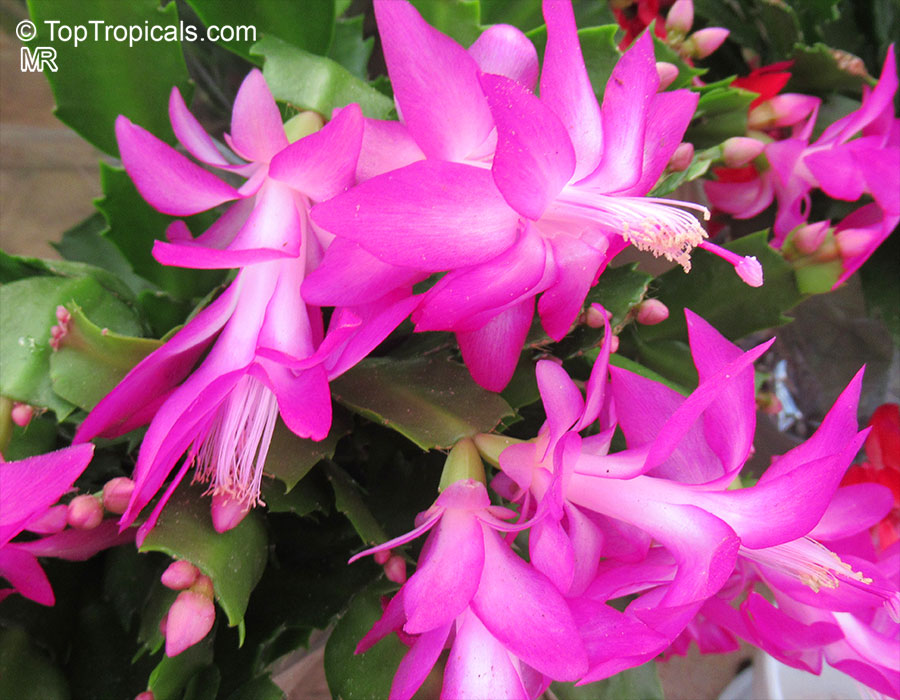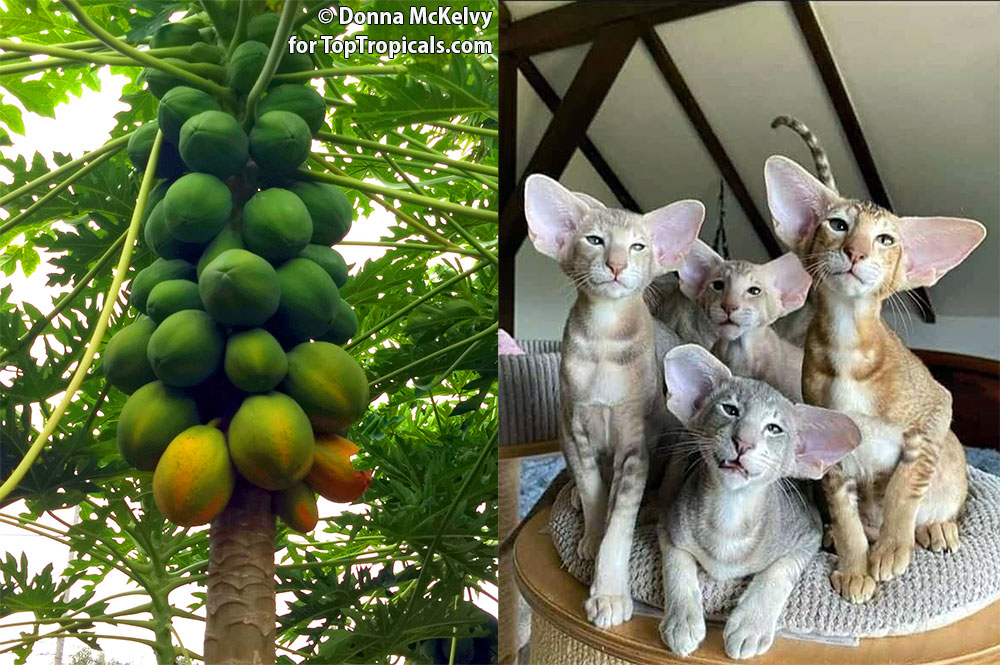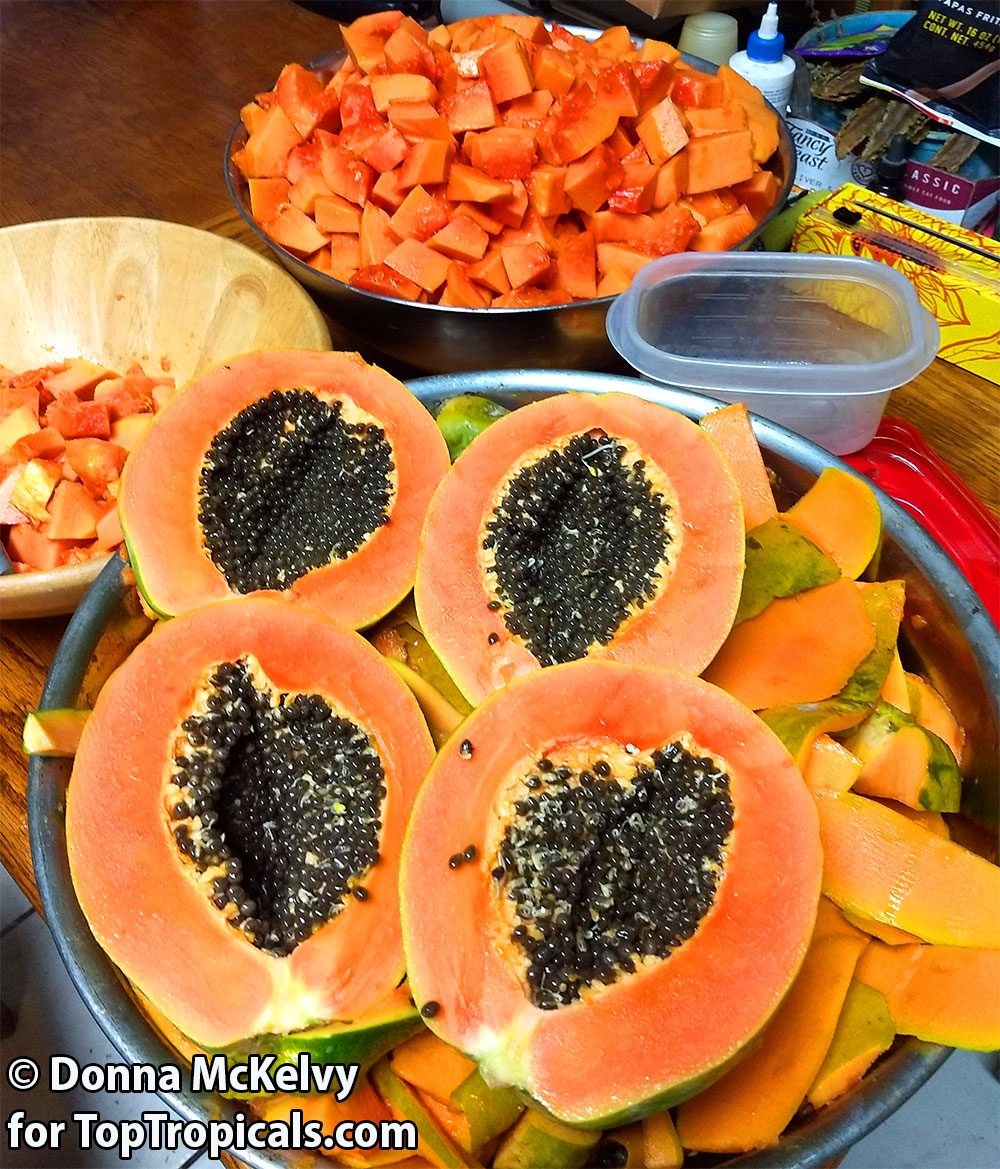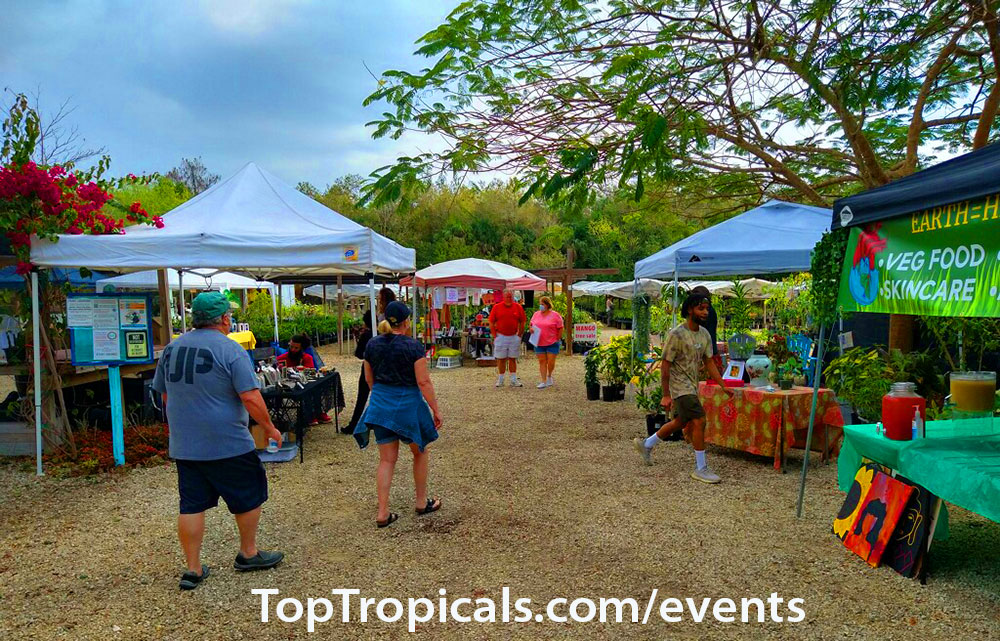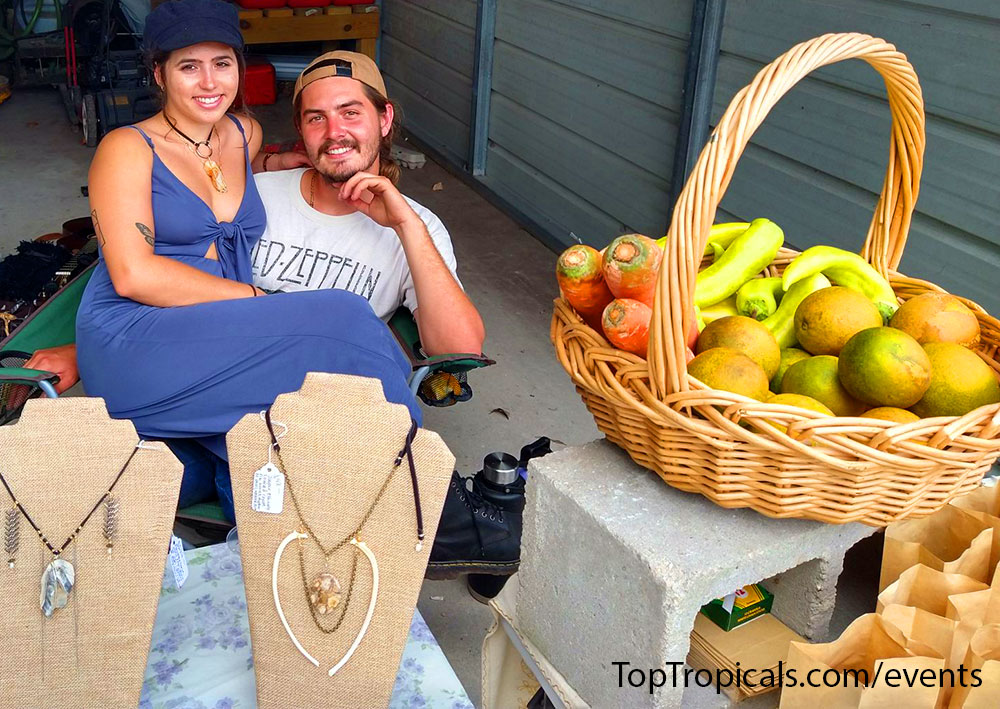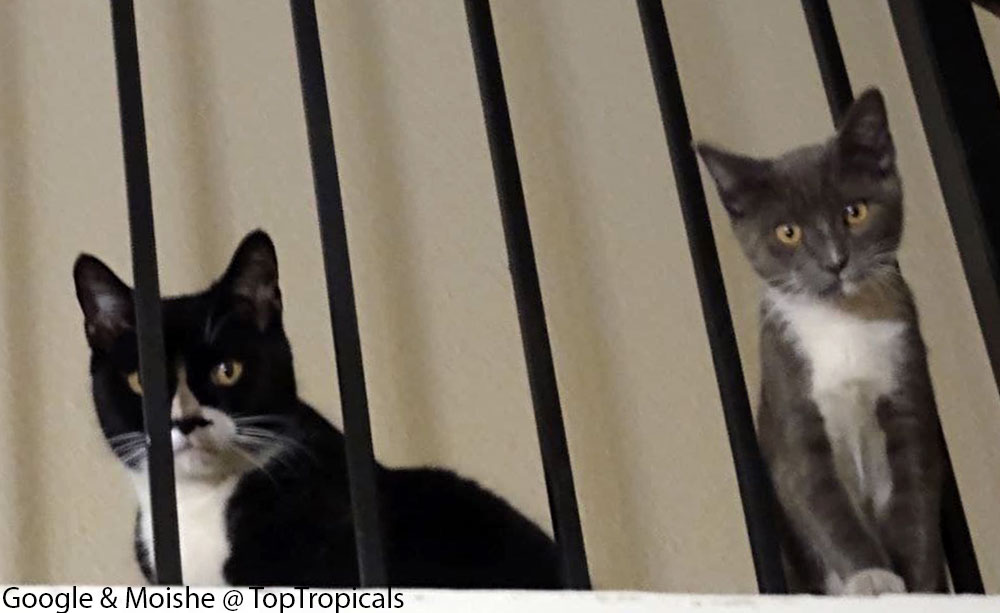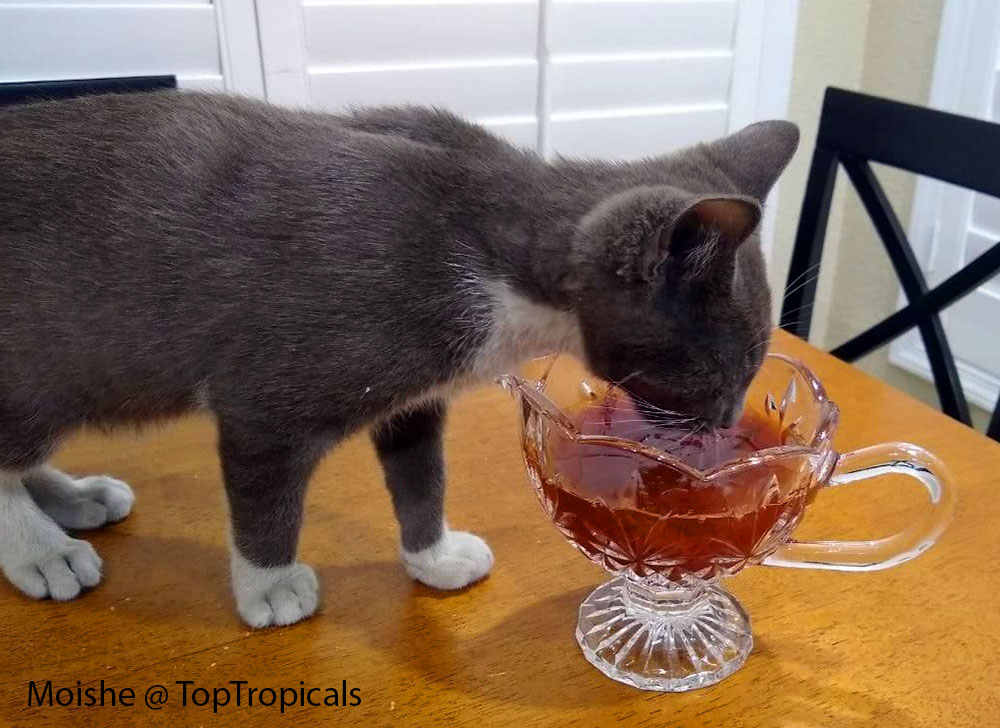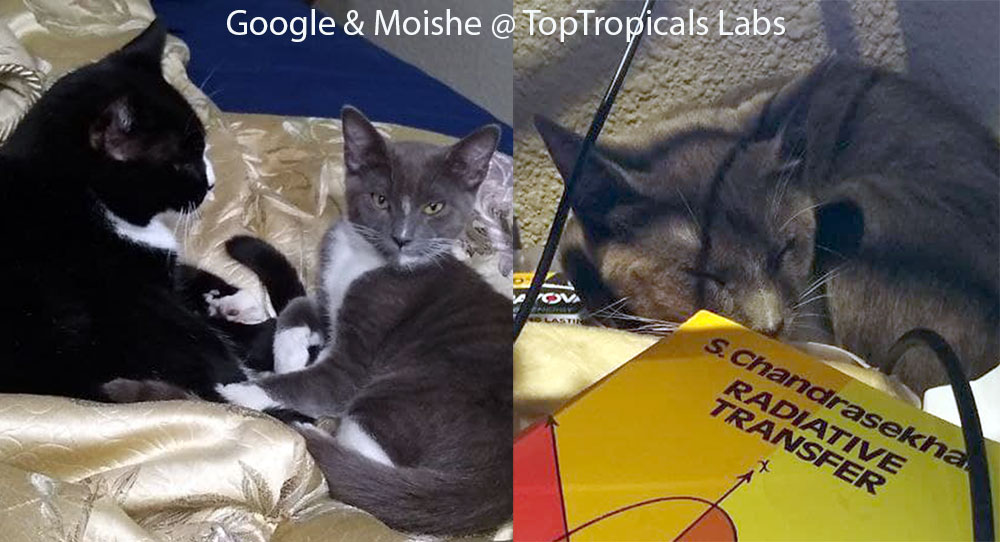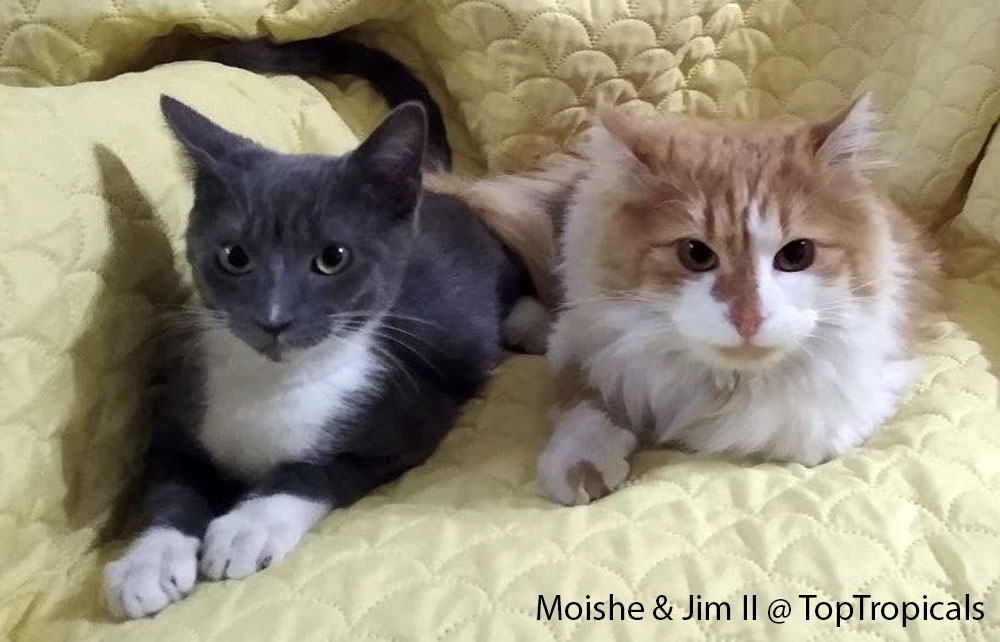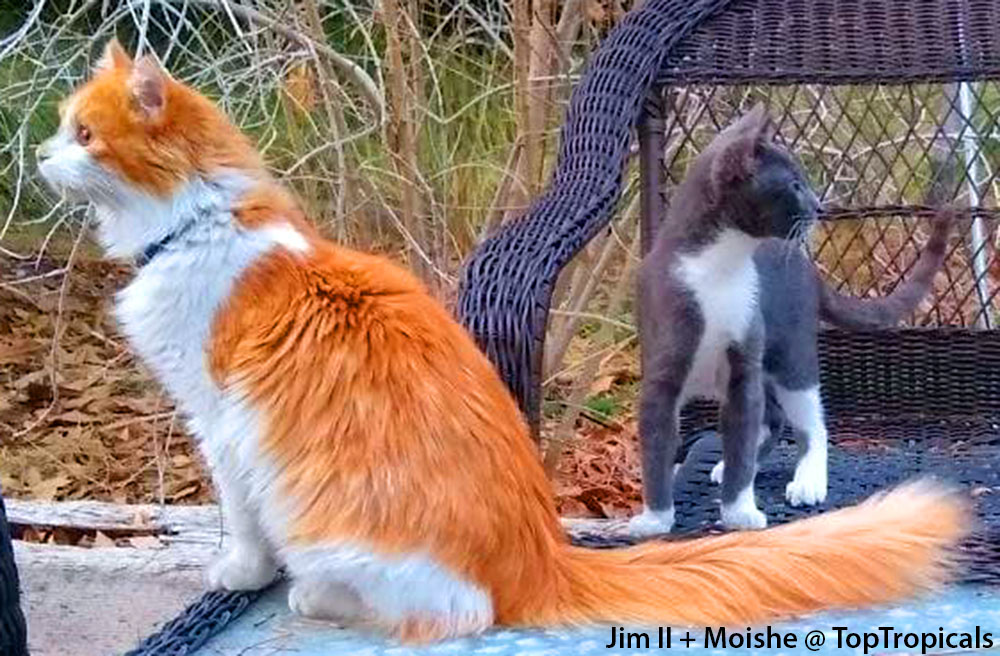Date:
Pretty Fancy Nancy from Brazil
Byrsonima crassifolia - Nancy Tree or Golden Spoon
by Alex Butova, the Witch of Herbs and Cats
Once Dr. David Fairchild bought in Panama seeds of a fruit plant unknown to him, which looked a little like
Acerola (Malpighia). When he asked what it was called, the woman who sold the seeds
answered - Nance, wild cherries from Brazil! The famous horticulturist brought the seeds from Panama to the United States Department of Agriculture in 1899. A few of
his specimens still exist in private collections in South Florida...
Nancy Tree fruit are not only delicious, but also very useful, they are widely used by many local people for medicinal purposes and include all of Vitamins B,
Vitamin C, Vitamin K, Vitamin E, Calcium, Cooper, Iron, Magnesium, Manganese,
Phosphorus, Potassium, Sodium and Zink. The whole multi-vitamin prescription in
one fruit!..
